Callable vs Putable Bond Return Calculator
Input Your Bond Details
Your Bond Returns
Compare OptionsYield to Maturity
-
Return if held to maturity
Yield to Call
-
Return if bond is called early
Yield to Put
-
Return if you put the bond back
Note: This calculator shows potential returns under the specified scenarios. Real-world results may vary based on interest rate changes and issuer actions. Remember that callable bonds pay higher yields to compensate for call risk, while putable bonds offer protection at lower yields.
Most people think of bonds as simple loans: you lend money, get paid interest, and get your principal back at the end. But not all bonds work that way. Some come with hidden switches - options that let either the issuer or the investor change the rules. These are callable and putable bonds. They’re not rare. In fact, about 75% of all corporate bonds issued in the U.S. are callable. Yet most retail investors don’t fully understand what that means for their money.
What Is a Callable Bond?
A callable bond gives the company or government that issued it the right to pay you back early. It’s like they have an escape hatch. If interest rates fall, they can call the bond, pay you off at a set price (usually a little above par), and then borrow again at a lower rate.For example, imagine you bought a 10-year bond with a 5% coupon. Two years in, rates drop to 3%. The issuer can call your bond at 102% of face value - say, $1,020 for a $1,000 bond - and issue new ones at 3%. They save money. You? You get your cash back, but now you have to reinvest it at 3%. That’s called reinvestment risk.
Callable bonds aren’t free. To make up for this risk, they pay higher yields. On average, they offer 0.25% to 0.75% more than identical non-callable bonds. Moody’s found this gap holds steady across market cycles. But here’s the catch: the higher yield doesn’t mean higher returns. If the bond gets called, your total return drops - sometimes significantly.
Most callable bonds have a call protection period. That’s usually 3 to 5 years. During that time, the issuer can’t call the bond. After that, they can do it on specific dates - often yearly - at a price that drops over time. A bond might be callable at 103% in year 4, 102% in year 6, and 100% after year 8. The earlier it’s called, the more you get paid. But the sooner you lose your high coupon.
What Is a Putable Bond?
A putable bond flips the script. Instead of the issuer having the right to pay you early, you have the right to force them to pay you early. If interest rates rise and your bond’s price crashes, you can “put” it back to the issuer and get your money back at a set price - usually par value.This is a safety net. In 2022, when the Fed hiked rates aggressively, bond prices fell. Investors with putable bonds from companies like Johnson & Johnson or Microsoft could sell back their bonds at par, avoiding losses. Then they reinvested the cash at higher yields. According to Morningstar, putable bonds outperformed regular bonds by 2.3% that year.
But there’s a trade-off. Because putable bonds protect you, they pay less. They typically offer yields 0.15% to 0.40% lower than comparable non-putable bonds. Fitch Ratings data shows this discount is consistent. You’re paying for insurance - and insurance isn’t free.
Putable bonds usually have a put schedule too. Commonly, the right to put the bond kicks in after 5 or 7 years on a 10-year bond. The put price is almost always par - $1,000 for a $1,000 bond. No premium, no discount. Just a guaranteed exit.
Why Do These Bonds Exist?
These aren’t gimmicks. They solve real problems.Issuers love callable bonds because they reduce interest rate risk. When rates fall, they can refinance cheaply. Apple called $12 billion in bonds in April 2021 when rates hit historic lows. They refinanced at 1.5% lower than their original 3% coupon. That’s hundreds of millions in savings.
Investors love putable bonds because they reduce downside risk. In volatile markets, having an exit option matters. BlackRock reported in late 2022 that institutional clients using putable bonds reduced duration risk without selling into a falling market. That’s huge for portfolio stability.
But here’s the key: these options are asymmetric. The issuer’s call option hurts you. Your put option helps you. That’s why callable bonds pay more - they compensate you for taking on risk. Putable bonds pay less - you’re paying for protection.
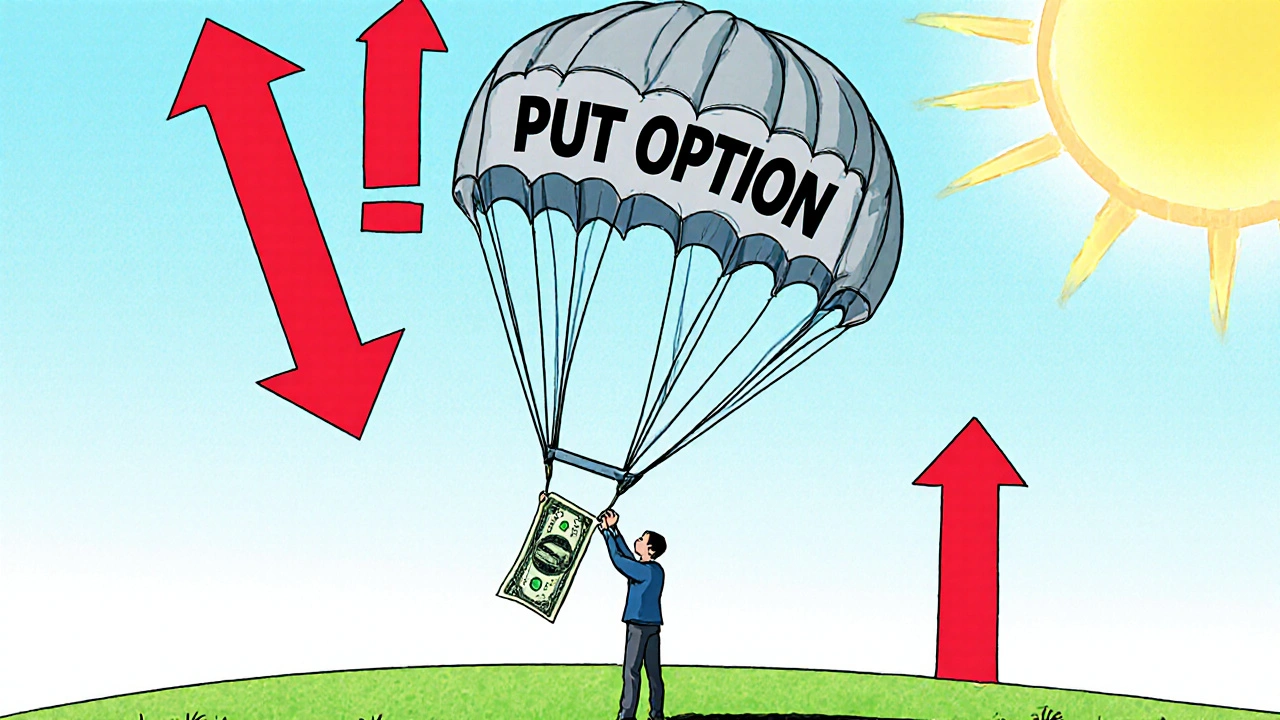
How Do They Affect Your Returns?
You can’t just look at the coupon. You have to think about what could happen.With a callable bond, the best-case scenario is that it never gets called. You get the full 10 years of 5% interest. The worst-case scenario? It gets called in year 3. You get your money back, but now you’re stuck with 3% yields. The yield-to-call - the return if called at the earliest possible date - is what you should compare against other investments. Many investors ignore this and end up surprised.
With a putable bond, the best-case scenario is that you use the put option when rates rise. You lock in par and reinvest higher. The worst-case scenario? Rates stay low, and you never use the put. You get a slightly lower coupon than you would’ve on a regular bond. But you still got the option - and that’s valuable.
Here’s a real example: A retail investor on Reddit, ‘BondInvestor87,’ held $50,000 in municipal callable bonds. In February 2023, they were called. Rates had dropped. He got his money back, but couldn’t find another municipal bond paying more than 2.8%. His income dropped by $1,100 a year. That’s the hidden cost of the higher yield.
Who Uses These Bonds?
Corporate issuers? Nearly everyone. Moody’s says 82% of investment-grade corporate bonds issued in late 2022 were callable. AAA-rated companies? 100% use them. Why? Flexibility. They know rates will move. They want to be ready.High-yield issuers? Rarely. Only 18% use callable structures. Why? Investors don’t trust them. If a risky company can call your bond, you worry they’ll do it just to avoid paying you.
On the investor side, it’s different. Only 8% of retail bond holdings are in callable or putable bonds, according to Vanguard. Most people stick to simple bonds. The ones who use these? Institutional investors - pension funds, insurers, hedge funds. They have the tools to model call probabilities and calculate option-adjusted spreads (OAS).
But retail investors are catching on. Platforms like Vanguard and Fidelity now offer putable bond funds. One user on Seeking Alpha said they’ve earned 0.5% extra annually over seven years by sticking to callable corporates. But they also said they only buy bonds with 5+ years of call protection.
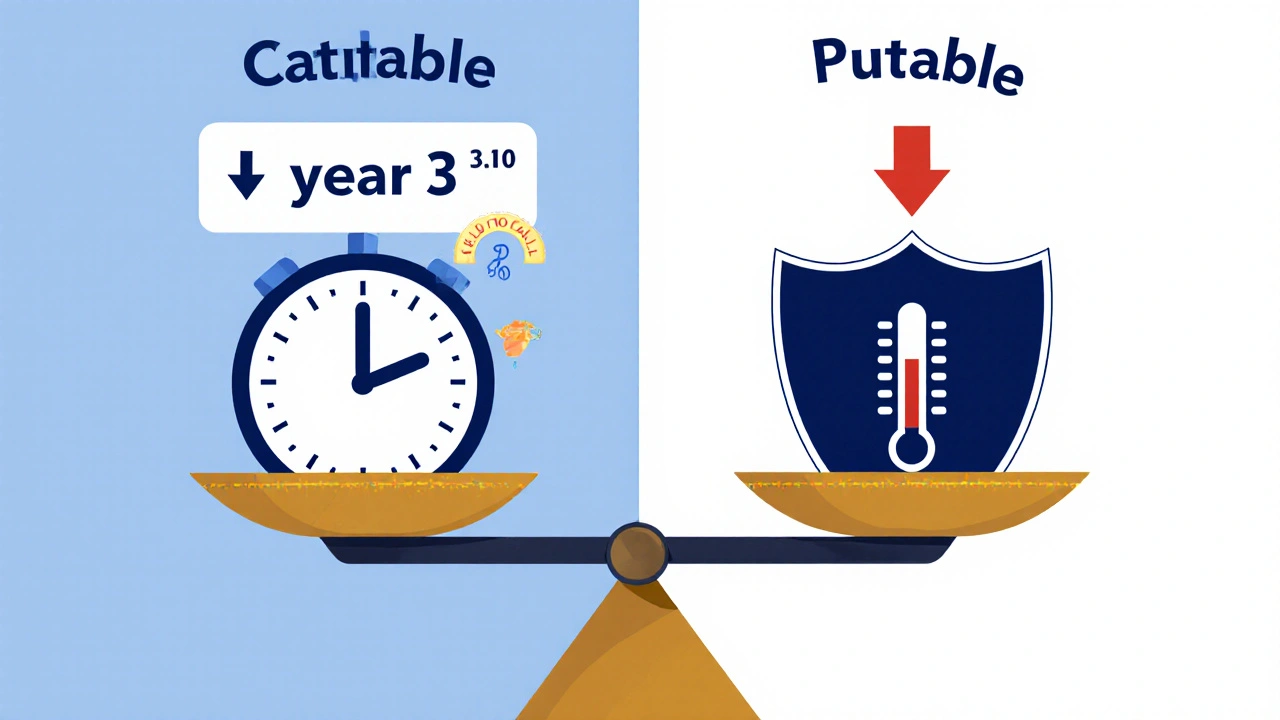
What You Need to Know Before Buying
If you’re thinking about buying a callable or putable bond, here’s what to check:- Call/put schedule: When can it be called or put? Is there a lock-out period?
- Call/put price: How much will you get? Is it above or below par?
- Yield-to-call: Calculate this. Don’t just look at the coupon.
- Issuer credit quality: A putable bond from a shaky company? You might not get paid at all if they default - even if you put it back.
- Market environment: In falling rates, callable bonds are risky. In rising rates, putable bonds shine.
The CFA Institute says 78% of retail investors misunderstand call protection. 65% think putable bonds guarantee their principal - even if the issuer goes bankrupt. They don’t. Put options only work if the issuer is solvent.
What’s Changing in the Market?
The SEC is cracking down. In 2023, they proposed new rules requiring clearer disclosure of call risk in bond prospectuses. That’s good. Right now, many investors don’t know when a bond can be called until it happens.Also, new tools are helping. The CBOE launched bond option volatility indexes in 2023. These help traders price callable bonds more accurately. Bloomberg says mispricing dropped 18% in the second quarter of 2023.
Looking ahead, SIFMA predicts callable bonds will make up 78% of corporate issuance by 2025. Putable bonds are growing too - at 6.2% a year - but they’re still a niche. Mostly used by institutions.
One warning: Goldman Sachs says callable bonds are essential. But PIMCO’s Dan Ivascyn says too many callable bonds in a low-rate environment could cause trouble. If everyone refinances at once, the system gets crowded. That’s a systemic risk.
Final Thoughts
Callable and putable bonds aren’t complicated - but they’re not simple either. They’re financial tools with trade-offs. If you want higher yield, you take on call risk. If you want protection, you accept lower yield.Don’t buy a callable bond just because it pays more. Ask: What if it’s called next year? Don’t buy a putable bond because it sounds safe. Ask: What if the issuer defaults?
These bonds work best when you understand them. Use the yield-to-call. Check the call schedule. Know your exit options. And remember - the bond market isn’t just about interest rates. It’s about options, timing, and who holds the power.
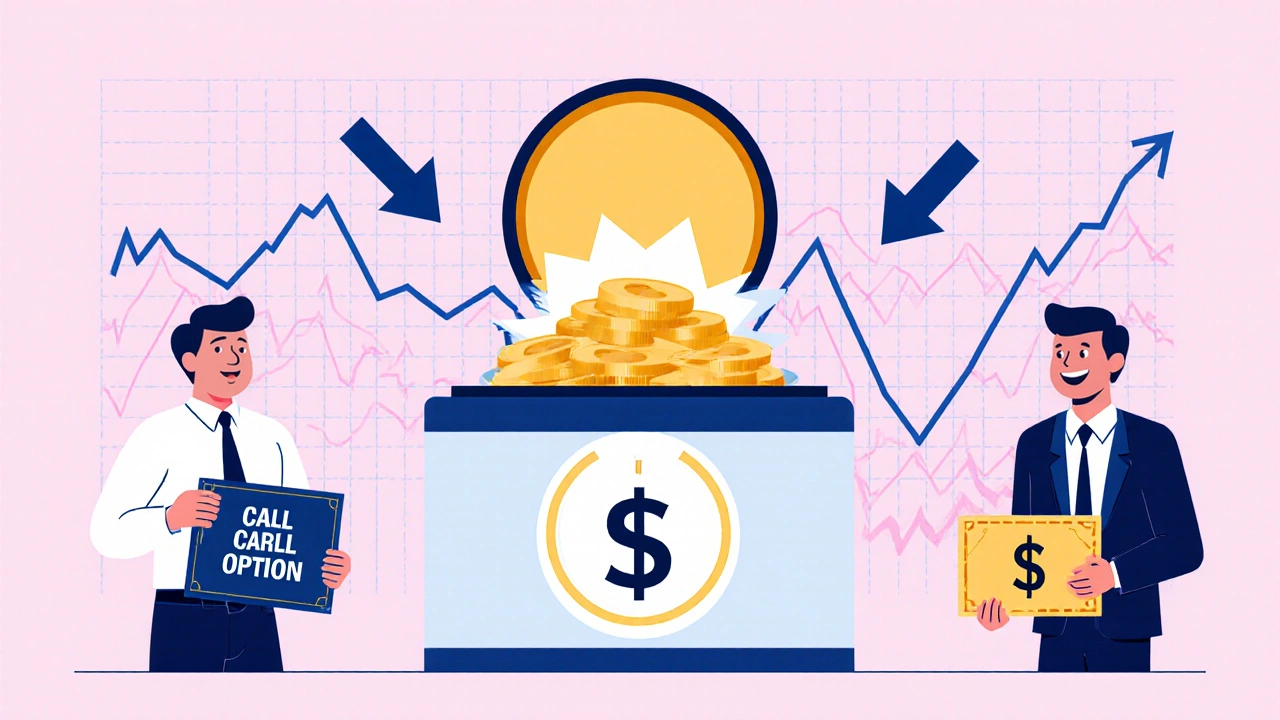
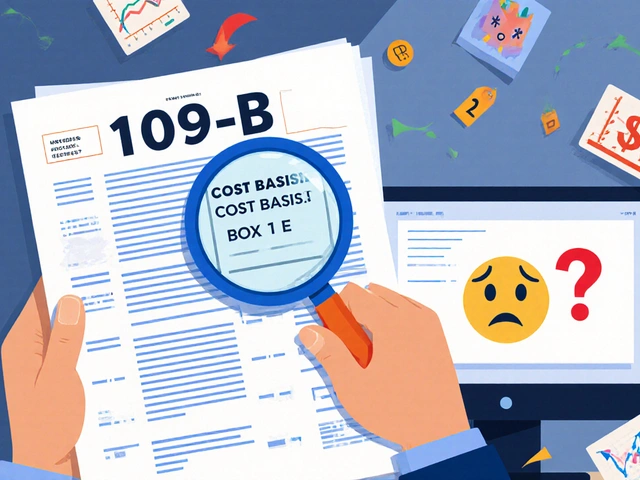
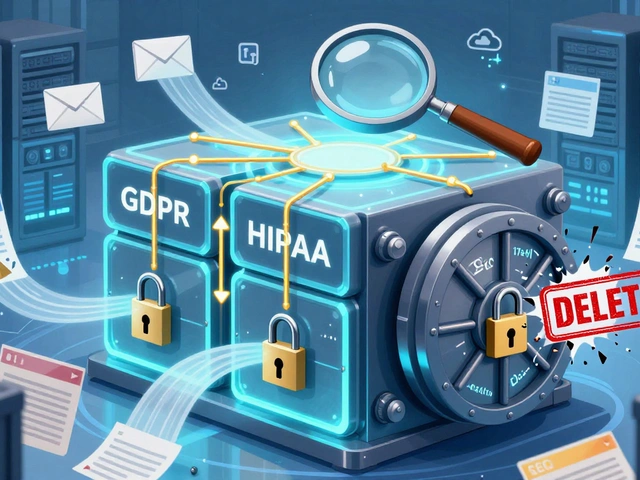

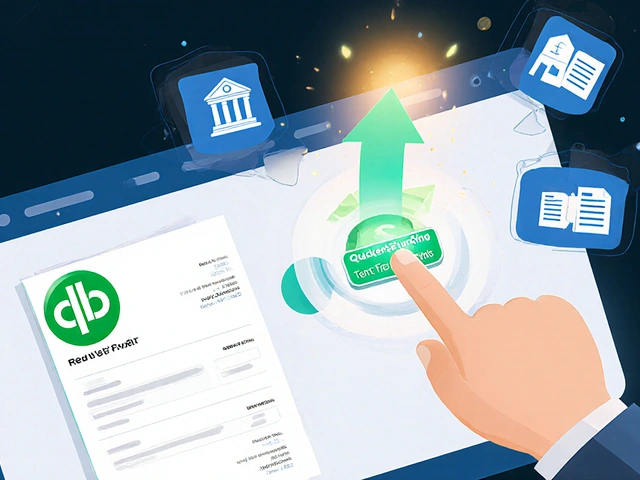
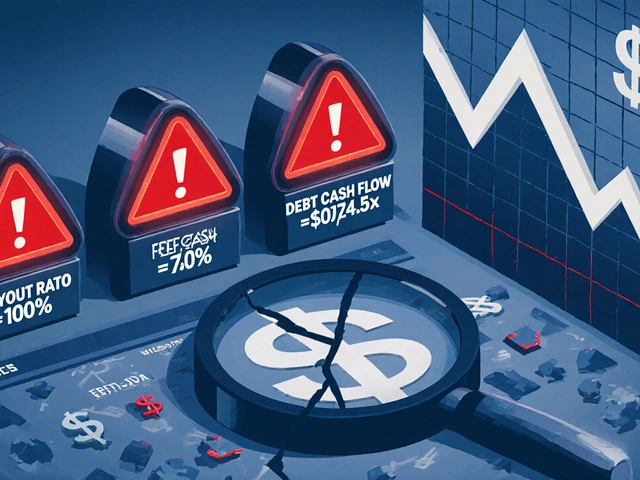
Graeme C
November 6, 2025 AT 22:06Let me tell you, I got burned hard by a callable municipal bond in 2021. Thought I was getting 4.2% for life - turns out the city called it after 18 months when rates cratered. Reinvested at 2.9%. Lost nearly £1,200 a year in income. No one warned me about yield-to-call. The coupon is a lie if the call date is lurking. Always check the schedule. Always. And don’t trust ‘high yield’ like it’s free money - it’s just risk dressed in a nice suit.
Astha Mishra
November 8, 2025 AT 10:18It is fascinating, really, how these embedded options reveal the deeper asymmetry in financial relationships - the issuer, ever the pragmatist, holds the levers of control, while the investor, though technically a creditor, is left to navigate the winds of monetary policy with little more than a paper map. The putable bond, in its quiet elegance, offers a sliver of dignity to the individual - a chance to say, ‘No, I will not be held hostage by your interest rate whims.’ Yet we pay for this dignity in yield, as if the market demands we suffer for safety. Is this not the paradox of modern finance? To be protected, we must surrender. To be rewarded, we must surrender more. And still, we are told to be grateful for the choice.
Kenny McMiller
November 9, 2025 AT 10:20Yield-to-call is the real metric, bro. Nobody talks about OAS enough. If you’re buying callable bonds without running an OAS model, you’re basically gambling with your retirement. And don’t even get me started on how issuers game the call protection window - they time it to the day. I’ve seen 5-year call protection bonds get called on day 1826. Coincidence? Nah. It’s algorithmic. Also, putable bonds are basically insurance - and insurance premiums are always underpriced until everyone needs them at once. 2022 was the proof. Those J&J puts saved people’s portfolios. But yeah, you pay for it in yield. Trade-off. Welcome to finance.
Dave McPherson
November 10, 2025 AT 07:44Wow. Someone actually wrote a textbook chapter on bonds and called it a Reddit post. Congrats, you’ve turned fixed income into a lecture hall. Look - if you don’t know what a callable bond is, maybe don’t own one. And if you think ‘putable’ means the issuer will save you from bankruptcy? Sweet summer child. The put option doesn’t magically make Enron solvent. Also, ‘retail investors are catching on’? Please. 92% of them still think ‘bond’ means ‘safe.’ You’re not sophisticated for buying a putable - you’re just avoiding the fact that you’re scared of losing money. And no, Vanguard’s bond fund doesn’t make you an expert. You just clicked ‘buy.’
RAHUL KUSHWAHA
November 12, 2025 AT 02:39Thanks for this. I read it twice. 😊